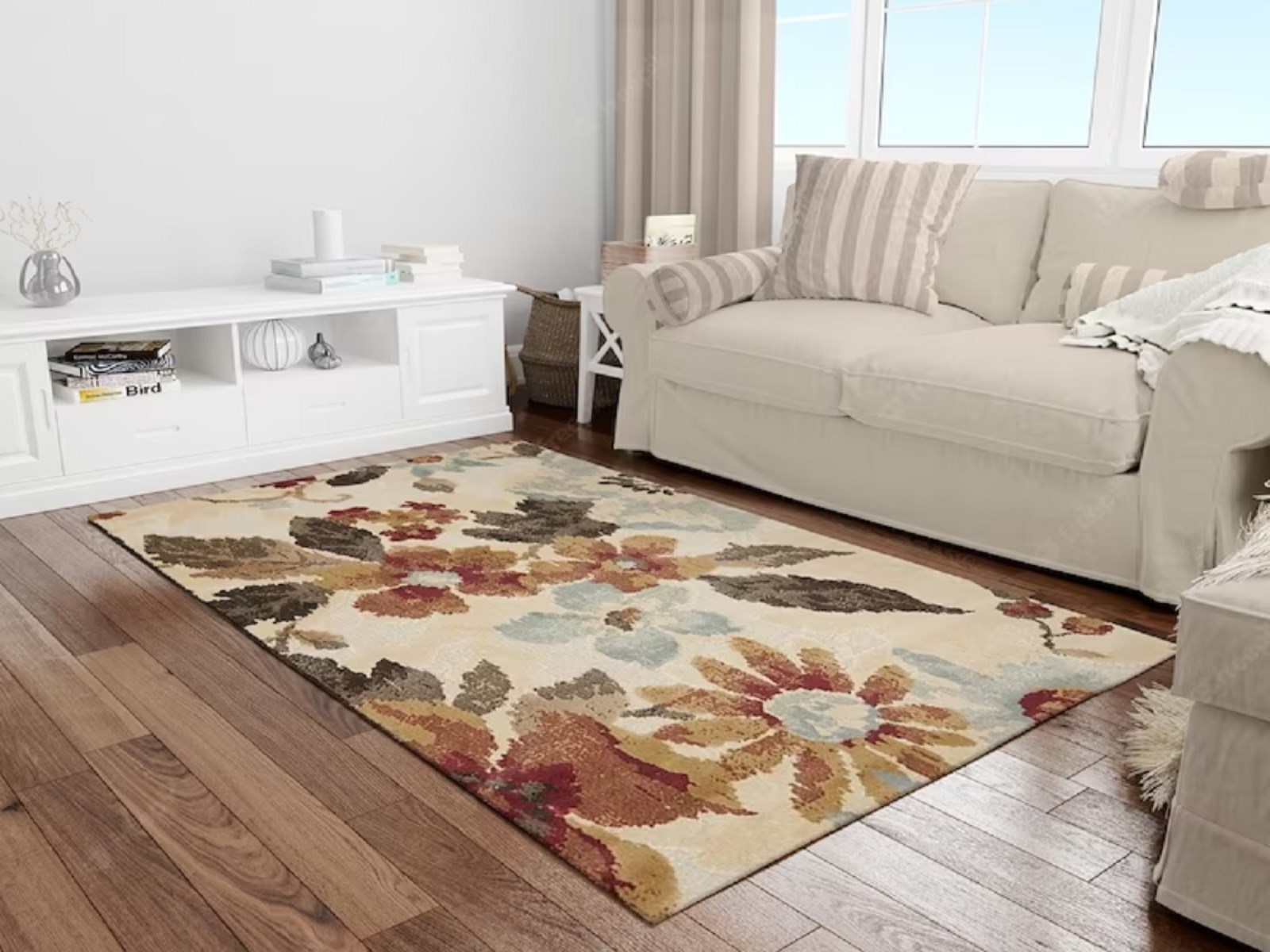

Articles
What Country Makes The Best Rugs
Modified: January 19, 2024
Discover articles about what country makes the best rugs and explore the rich traditions, craftsmanship, and designs that contribute to their exceptional quality.
(Many of the links in this article redirect to a specific reviewed product. Your purchase of these products through affiliate links helps to generate commission for Storables.com, at no extra cost. Learn more)
Introduction
Rugs have long been admired for their intricate designs, stunning colors, and exceptional craftsmanship. From ancient civilizations to modern-day homes, these decorative floor coverings have played a significant role in enhancing the aesthetic appeal of any space. While rugs are manufactured in different parts of the world, there is a longstanding debate about which country produces the best rugs.
In this article, we will delve into the fascinating world of rug-making, exploring the history, techniques, and materials involved in the creation of these beautiful pieces. We will also examine some of the most famous rug-making countries and compare their techniques to determine which country may truly reign supreme in the realm of rug-making.
Whether you are a connoisseur of rugs or simply curious about this ancient art form, join us as we explore the intricacies and beauty of rug-making and attempt to uncover the answer to the age-old question of which country makes the best rugs.
Key Takeaways:
- Persian rugs from Iran and Turkish rugs are renowned for their intricate designs and exceptional craftsmanship, making them top contenders in the debate over which country makes the best rugs.
- The quality of a rug is influenced by factors such as materials, craftsmanship, design, and dyeing techniques, all of which contribute to its durability, visual appeal, and overall value.
History of Rug-making
The art of rug-making dates back thousands of years, with evidence of early rug production found in various ancient civilizations. The exact origins of rug-making are difficult to trace, as rugs were made from organic materials like wool and silk, which do not preserve well over time. However, archaeological discoveries suggest that rug-making may have begun as early as 5000 BCE.
One of the earliest recorded instances of rug-making is found in ancient Egypt, where a rug fragment dating back to 2300 BCE was unearthed. These early rugs were made using simple weaving techniques, with intricate designs often depicting scenes from daily life or symbolizing religious beliefs.
The art of rug-making gained prominence in many civilizations throughout history. Persian rugs, for example, became renowned for their exquisite craftsmanship during the Safavid dynasty in Iran (1501-1736). These rugs often featured intricate floral motifs, geometric patterns, and rich colors.
In Central Asia, nomadic tribes such as the Turkmen, Kazakhs, and Uzbeks developed their own unique rug-making traditions. These rugs were not only functional but also served as a form of artistic expression, with motifs and symbols representing cultural heritage and beliefs.
In Europe, rug-making thrived during the Renaissance period, with countries like France and England producing luxurious rugs for the aristocracy. The advent of colonialism also introduced European rug-making styles to countries like India, where production flourished under British rule.
As the industrial revolution swept across the globe, the art of rug-making underwent significant changes. Handcrafted rugs gave way to machine-produced counterparts, making rugs more accessible to a wider population. However, even with the rise of machine-made rugs, traditional handcrafted rugs continued to hold a special place in the hearts of collectors and enthusiasts.
Today, rug-making is a thriving industry, with countries from all corners of the globe contributing their unique styles and techniques. From the intricate Persian rugs to the bold and geometric designs of Moroccan rugs, the history of rug-making is a testament to human creativity and the enduring beauty of these decorative pieces.
Traditional Rug-making Techniques
The art of rug-making encompasses a variety of traditional techniques, each unique to different regions and cultures. These techniques reflect the history, resources, and skills of the artisans who have honed their craft over generations. Let’s explore some of these traditional rug-making techniques:
- Hand-Knotting: Hand-knotting is one of the oldest and most labor-intensive rug-making techniques. Artisans meticulously tie individual knots to the warp threads, creating a dense and durable pile. This technique allows for intricate designs and precise detailing. Examples of hand-knotted rugs include Persian rugs and Turkish carpets.
- Hand-Tufting: Hand-tufting involves using a tufting gun to punch tufts of yarn through a fabric backing, creating a looped or cut pile. This technique is less time-consuming than hand-knotting and allows for quick production. Hand-tufted rugs are often more affordable and come in a wide range of designs and styles.
- Flatweaving: Flatweaving, also known as flat-woven or kilim weaving, produces rugs without a pile. Artisans weave the weft threads over and under the warp threads, creating a flat, reversible surface. Flatweave rugs are lightweight, versatile, and often feature geometric patterns. Kilims from Turkey and Dhurries from India are popular examples of flatwoven rugs.
- Needlepoint: Needlepoint rugs are created by embroidering yarn onto a canvas using a needlepoint stitch. This technique allows for intricate designs and precise detailing. Given the labor-intensive nature of needlepoint, these rugs are often smaller in size and used as decorative accents.
- Hooking: Hooked rugs are made by pulling loops of yarn or fabric through a foundation fabric, creating a pile. This technique is primarily used in folk art and creates a thick and textured surface. Hooked rugs are known for their charming and whimsical designs.
These traditional rug-making techniques require skill, patience, and attention to detail. Artisans around the world continue to preserve and pass down these techniques from generation to generation, ensuring the continued production of exquisite handmade rugs.
Materials Used in Rug-making
The choice of materials plays a crucial role in the quality, durability, and overall look of a rug. Different regions and cultures have access to various natural fibers and materials, leading to unique and diverse rug-making traditions. Here are some commonly used materials in rug-making:
- Wool: Wool is a popular choice for rug-making due to its natural resilience, durability, and softness. It is obtained from sheep and is known for its excellent insulating properties. Wool rugs are highly sought after for their warmth, beauty, and ability to maintain their appearance over time. Persian and Oriental rugs often utilize high-quality wool.
- Silk: Silk is a luxurious and delicate material used in the creation of fine, intricate rugs. Silk rugs are prized for their lustrous sheen, intricate designs, and smooth texture. These rugs often require meticulous craftsmanship and are considered a symbol of luxury and refinement.
- Cotton: Cotton is a versatile and affordable material used as both a foundation and pile material in rug-making. It provides a strong base for the rug structure and is commonly used in flatwoven rugs. Cotton is also used to create tufted rugs and for the warp and weft threads in hand-knotted rugs.
- Jute: Jute is a natural fiber derived from the jute plant. It is used to create rugs with a coarse, rustic appearance. Jute rugs are known for their durability and eco-friendliness. They are often used in casual or bohemian-style interiors, adding warmth and texture to the space.
- Synthetic Fibers: Synthetic fibers such as nylon, polyester, and polypropylene have become increasingly popular materials in rug-making. They offer cost-effectiveness, durability, and resistance to stains. Synthetic fiber rugs are often used in high-traffic areas or outdoor spaces.
In addition to these primary materials, rug-makers may incorporate other elements like natural dyes, metals, and even recycled materials to create unique and innovative rugs. The choice of materials can significantly impact the overall quality, texture, and appearance of the rug, making it an essential consideration in the rug-making process.
Famous Rug-making Countries
Rug-making is a global art form, with various countries renowned for their distinct rug-making traditions and styles. Each country offers a unique blend of design aesthetics, techniques, and cultural influences. Here are some of the most famous rug-making countries:
- Persia (Iran): Persian rugs are widely regarded as some of the finest and most luxurious rugs in the world. Persian rug-making dates back thousands of years and embodies exquisite craftsmanship and intricate designs. Persian rugs often feature elaborate floral motifs, geometric patterns, and rich, vibrant colors.
- Turkey: Turkish rugs, also known as Anatolian rugs, have a long and esteemed history. Turkish rug-making is characterized by its diverse range of designs, including geometric patterns, medallions, and intricate motifs. Turkish rugs are often hand-knotted, using high-quality wool and silk.
- Morocco: Moroccan rugs are renowned for their bold, geometric patterns and vibrant colors. These rugs are often handwoven by the indigenous Berber people, using techniques passed down through generations. Moroccan rugs add a unique and eclectic touch to any space.
- India: India has a rich history of rug-making, influenced by various cultural and artistic traditions. Indian rugs are known for their intricate craftsmanship, intricate designs, and blend of traditional and contemporary elements. The city of Jaipur is particularly famous for its hand-knotted rugs.
- Nepal: Nepal has gained recognition for its high-quality hand-knotted rugs made from Tibetan wool. Tibetan rugs, also known as Nepalese rugs, are renowned for their exceptional craftsmanship and often feature intricate Tibetan Buddhist motifs.
- Afghanistan: Afghan rugs are known for their distinctive designs and rich tribal history. Traditional Afghan rugs feature deep reds, blues, and browns, with intricate geometric patterns and floral motifs. Afghan rugs are often handwoven by nomadic tribes using hand-knotting techniques.
These are just a few examples of the many countries that contribute to the vibrant and diverse world of rug-making. Each country brings its own unique cultural heritage and artistic vision, resulting in a stunning array of rugs cherished by collectors, decorators, and rug enthusiasts worldwide.
When looking for high-quality rugs, consider countries with a long history of rug-making such as Iran, Turkey, and India. These countries are known for their skilled artisans and traditional techniques, resulting in beautiful and durable rugs.
Read more: How To Make A Country-Style Table
Comparing Rug-making Techniques
There are various rug-making techniques utilized across different cultures and regions, each with its own unique characteristics and advantages. Let’s compare some of the key rug-making techniques:
- Hand-knotting vs. Hand-tufting: Hand-knotting involves individually tying knots to create a dense and durable pile, while hand-tufting uses a tufting gun to punch yarn through a fabric backing. Hand-knotted rugs are known for their intricate designs, longevity, and investment value. Hand-tufted rugs, on the other hand, offer quicker production and a more affordable price point, making them accessible to a wider market.
- Flatweaving vs. Needlepoin
Which Country Makes the Best Rugs?
When it comes to determining which country makes the best rugs, it’s important to note that excellence in rug-making is subjective and can vary depending on individual preferences and criteria. Each country has its own unique rug-making traditions, techniques, and aesthetics, which contribute to the overall quality of their rugs. However, a few countries have gained widespread recognition for their exceptional craftsmanship and artistic prowess in rug-making.
Persia (Iran) is often regarded as the pinnacle of rug-making excellence. Persian rugs are renowned for their intricate designs, meticulous attention to detail, and use of high-quality materials like wool and silk. The craftsmanship and exquisite artistry displayed in Persian rugs are admired by rug collectors and enthusiasts worldwide.
Turkey is another country that has made a significant impact on the rug-making industry. Turkish rugs, also known as Anatolian rugs, are celebrated for their diverse range of designs, from geometric patterns to intricate motifs. Turkish artisans skillfully hand-knot these rugs using fine quality wool and silk, producing rugs of remarkable beauty and durability.
Morocco has also carved a niche for itself in the rug-making world. Moroccan rugs, particularly those made by the Berber tribes, are known for their bold and unique designs. These rugs often feature vibrant colors and geometric patterns, reflecting the rich cultural heritage of the region.
India has a long history of producing exquisite rugs, with a blend of traditional and contemporary styles. Indian rugs are renowned for their intricate craftsmanship, elaborate designs, and use of high-quality materials like wool and silk. The city of Jaipur in India is particularly famous for its hand-knotted rugs.
While Persia, Turkey, Morocco, and India are often esteemed for their contributions to rug-making, it’s important to recognize that other countries such as Nepal, Afghanistan, and China also have notable rug-making traditions and produce rugs of exceptional quality.
Ultimately, the notion of “the best” is subjective and encompasses various factors such as design, craftsmanship, materials used, and personal preferences. Rug enthusiasts and collectors should consider their own tastes, budget, and the specific characteristics they value in a rug when determining their preference for which country makes the best rugs.
Regardless of personal preference, it is undeniable that rug-making is an art form that continues to be celebrated and admired, with each country leaving its unique mark on the world of rugs.
Factors Influencing Rug Quality
The quality of a rug is influenced by various factors, which collectively determine its durability, craftsmanship, and overall value. When evaluating rug quality, it’s essential to consider the following factors:
- Materials: The choice of materials greatly impacts the quality of a rug. Natural fibers like high-quality wool and silk are often preferred for their durability, softness, and ability to hold intricate designs. Synthetic fibers can also be used, but they may not possess the same level of longevity or luxurious feel as natural fibers.
- Craftsmanship: The level of skill and attention to detail in the rug-making process plays a significant role in its overall quality. Handcrafted rugs, especially those made using traditional techniques like hand-knotting, often demonstrate superior craftsmanship. The density of knots, evenness of pile, and precision of design are indicators of exceptional craftsmanship.
- Design and Pattern Clarity: The design and pattern clarity of a rug are crucial factors in assessing its quality. Well-executed designs with clear lines and intricate patterns indicate meticulous craftsmanship. The consistency and balance of design across the rug’s surface are essential for achieving a visually pleasing and harmonious result.
- Dyeing Techniques: The method of dyeing the yarn used in a rug can influence its quality. Natural dyes, derived from plant or insect sources, often yield rich, vibrant colors that age gracefully over time. Synthetic dyes can provide a wider range of color options but may lack the same depth and longevity as natural dyes.
- Knot Density: A rug’s knot density refers to the number of knots per square inch. Higher knot density typically indicates a more intricate and finely detailed rug. The denser the knots, the more durable and valuable the rug is likely to be. However, a rug’s knot density should be balanced with its desired purpose and style.
- Backing and Foundation: The backing and foundation materials of a rug contribute to its stability and longevity. A sturdy and well-constructed foundation ensures that the rug maintains its shape and structure over time. Quality rugs often have a strong and durable backing, ensuring their ability to withstand regular use and foot traffic.
- Finishing and Edges: The finishing touches on a rug, including its edges and fringe, can signify the level of care and attention given to its production. Neatly finished edges, whether bound or selvaged, and well-maintained fringe demonstrate a high level of craftsmanship and contribute to the overall quality and aesthetic appeal of the rug.
Assessing these factors will help determine the overall quality and value of a rug. It’s important to note that individual preferences and intended use should also be considered when evaluating rug quality, as different styles and techniques may suit specific needs and personal tastes.
By considering these factors and understanding the intricacies of rug craftsmanship, consumers can make informed decisions and select rugs that meet their desired standards of quality and aesthetics.
Conclusion
Rug-making is a centuries-old art form that spans across cultures, continents, and generations. From the intricate designs of Persian rugs to the bold patterns of Moroccan rugs, each country and region contributes its own unique style and techniques to the world of rug-making. While the debate over which country makes the best rugs may never reach a definitive conclusion, it is clear that excellence in rug-making can be found in various corners of the globe.
Persia (Iran) stands out for its exquisite craftsmanship, use of high-quality materials like wool and silk, and intricate designs that have captivated rug enthusiasts for centuries. Turkish rugs embody a diverse range of designs and techniques, showcasing the skill and expertise of Turkish artisans. Morocco’s Berber tribes have gained recognition for their bold and unique rug designs, reflecting the vibrant culture of the region. India brings its rich heritage and blend of traditional and contemporary styles to the rug-making industry, creating rugs of exceptional artistry. These countries represent just a fraction of the global rug-making landscape, and each has its own distinct contributions to this ancient craft.
When evaluating rug quality, various factors come into play, including the choice of materials, craftsmanship, design, and dyeing techniques. These factors collectively determine the durability, visual appeal, and overall value of a rug. It is essential to consider personal preferences, budget, and intended use when determining the “best” rug for an individual.
Ultimately, the beauty of rug-making lies in the skill and creativity of artisans around the world, who continue to preserve and innovate this age-old craft. Whether it is the intricate patterns of hand-knotted rugs or the bold motifs of flatwoven rugs, every rug tells a story and adds character and warmth to any space.
So, next time you walk on a rug or admire its intricate details, take a moment to appreciate the centuries of history, tradition, and artistry that go into its creation. Rug-making is a testament to human creativity, cultural heritage, and the enduring beauty we can bring to our homes and lives.
Frequently Asked Questions about What Country Makes The Best Rugs
Where can I find high-quality rugs?You can find high-quality rugs from countries known for their rug-making expertise, such as Iran, Turkey, India, and Nepal. These countries have a long history of producing exquisite rugs with intricate designs and superior craftsmanship.What factors should I consider when choosing a rug?When choosing a rug, consider factors such as the material used, the knot count, the design, and the reputation of the rug-making region. These factors can help you determine the quality and value of the rug you are considering.Are handmade rugs better than machine-made rugs?Handmade rugs are often considered superior to machine-made rugs because of the level of skill and artistry involved in their creation. Handmade rugs also tend to have more intricate designs and higher quality materials, making them a popular choice for those seeking a unique and luxurious addition to their home.How can I ensure that the rug I purchase is authentic?To ensure that the rug you purchase is authentic, look for a certificate of authenticity from the rug maker or seller. You can also research the reputation of the seller and the region where the rug was made to verify its authenticity.What are some popular rug designs from different countries?Each rug-making country has its own unique designs and styles. For example, Persian rugs are known for their intricate floral patterns, while Turkish rugs often feature geometric motifs. Indian rugs may showcase vibrant colors and intricate details, while Nepalese rugs are prized for their fine craftsmanship and contemporary designs.
Was this page helpful?
At Storables.com, we guarantee accurate and reliable information. Our content, validated by Expert Board Contributors, is crafted following stringent Editorial Policies. We're committed to providing you with well-researched, expert-backed insights for all your informational needs.
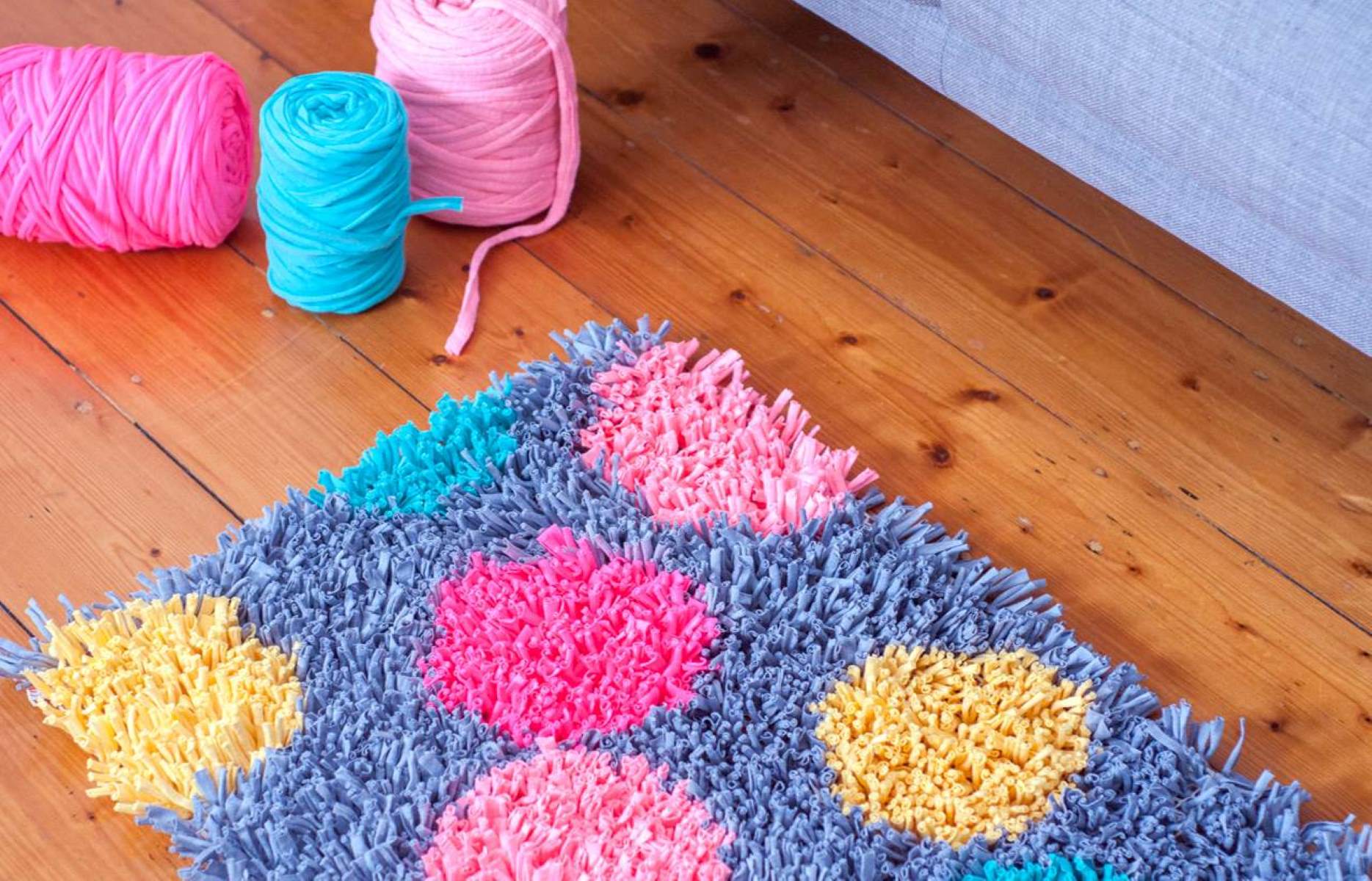


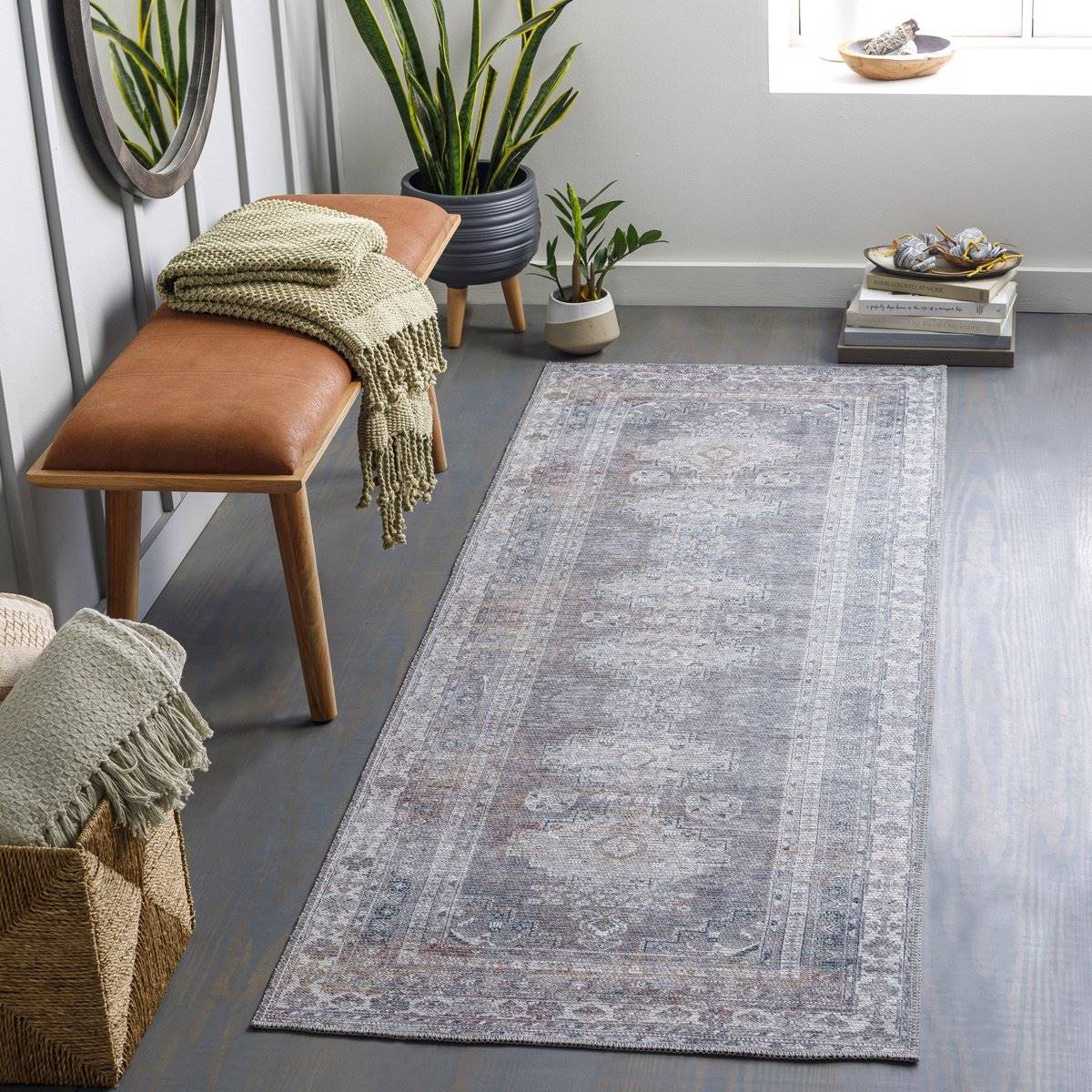
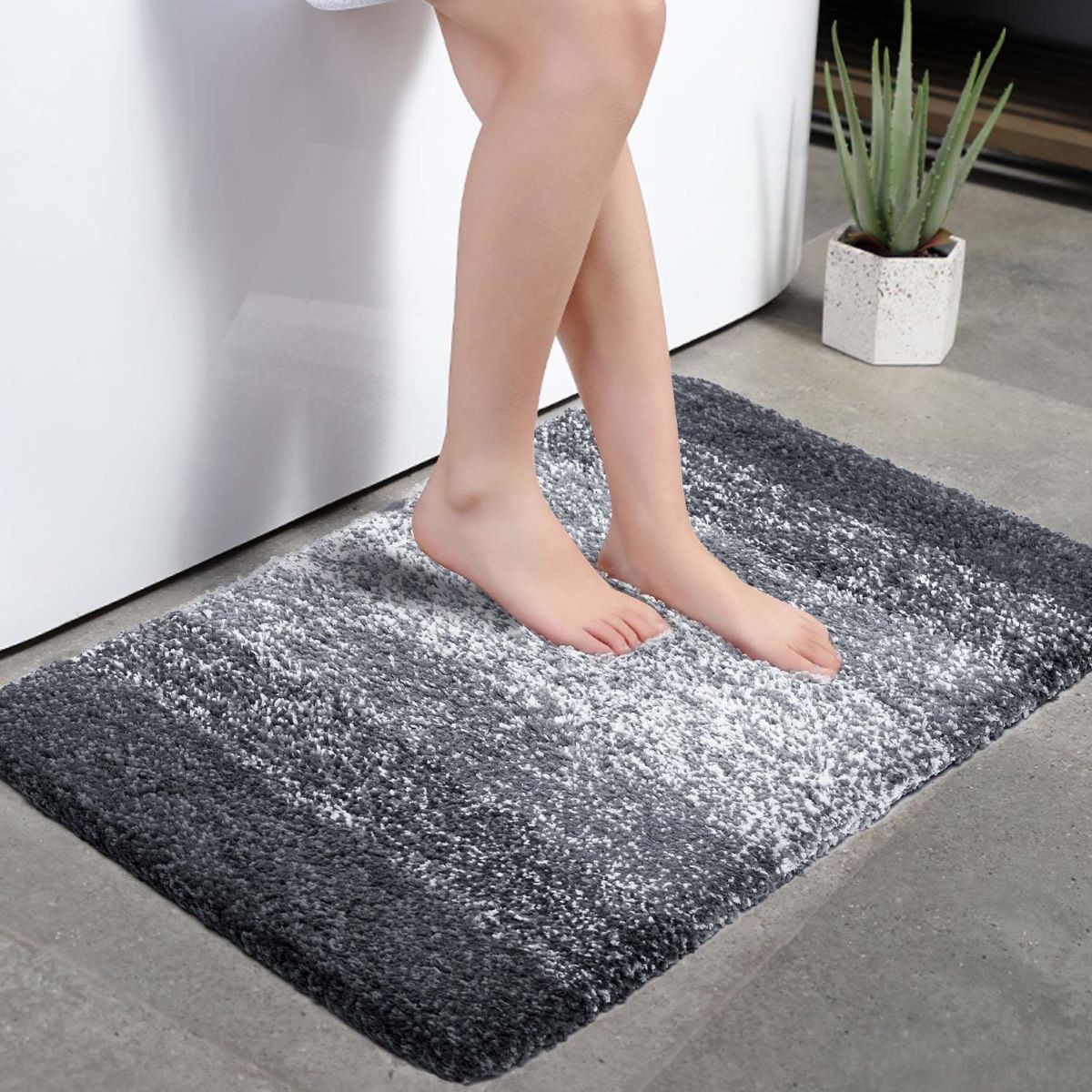
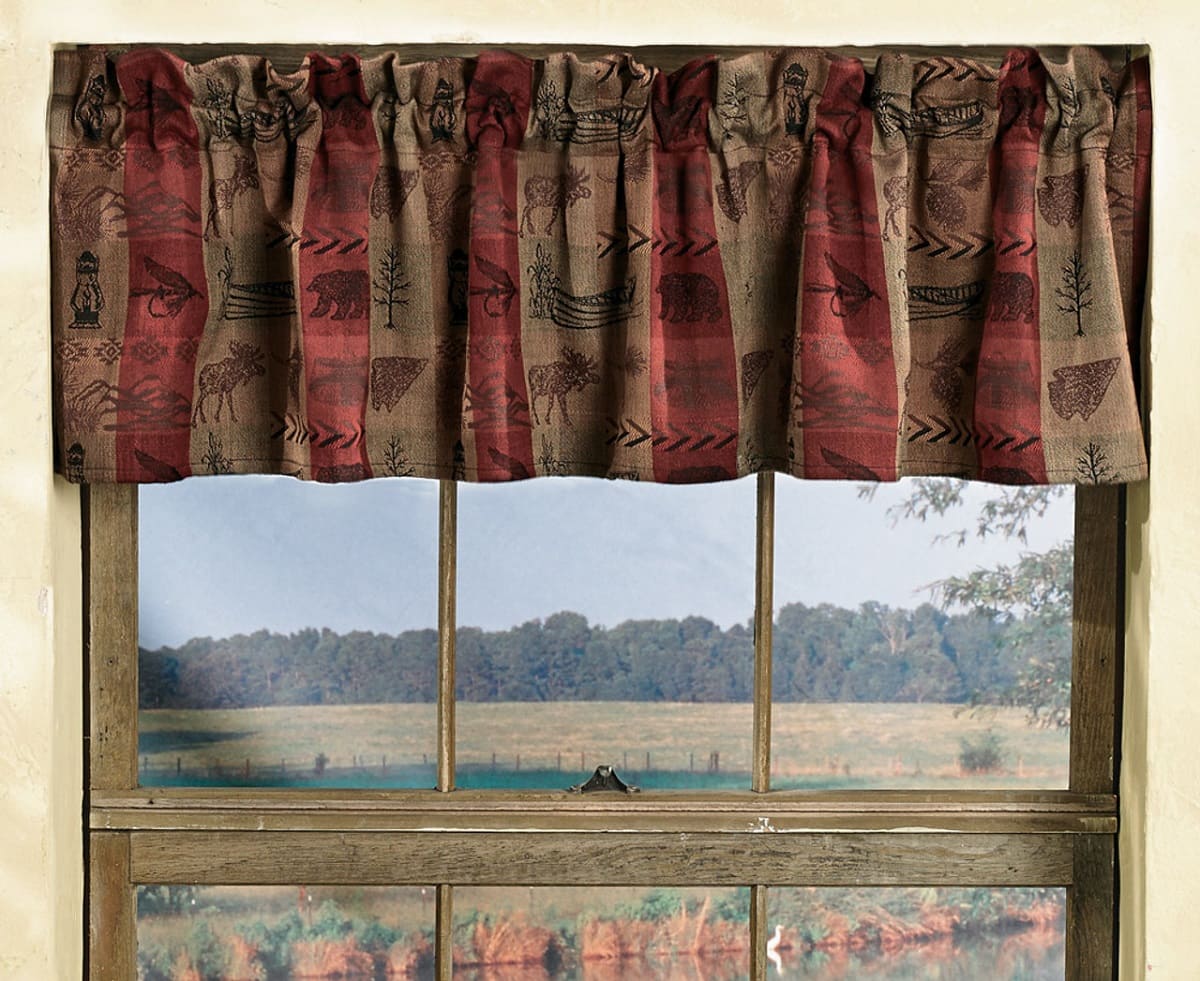

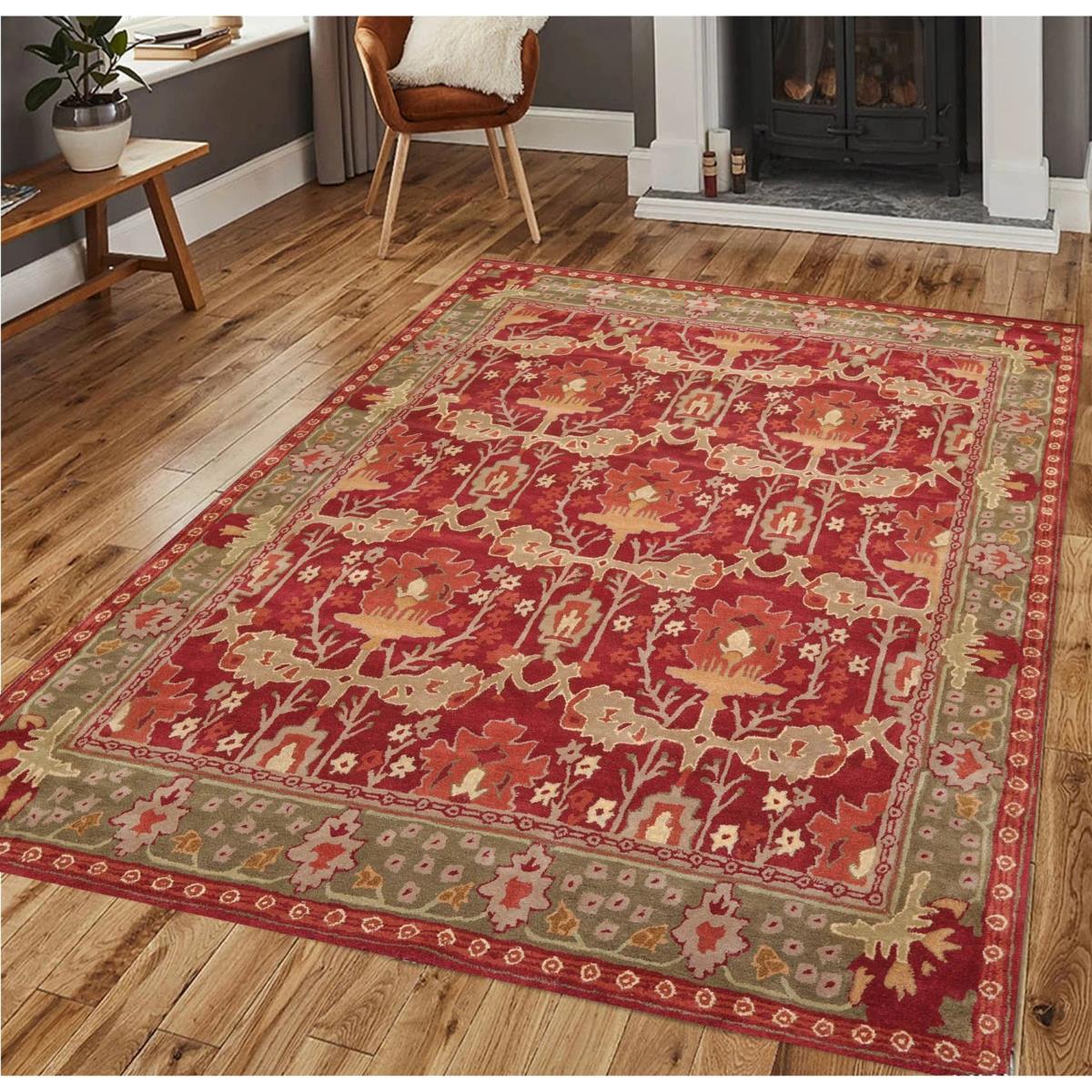
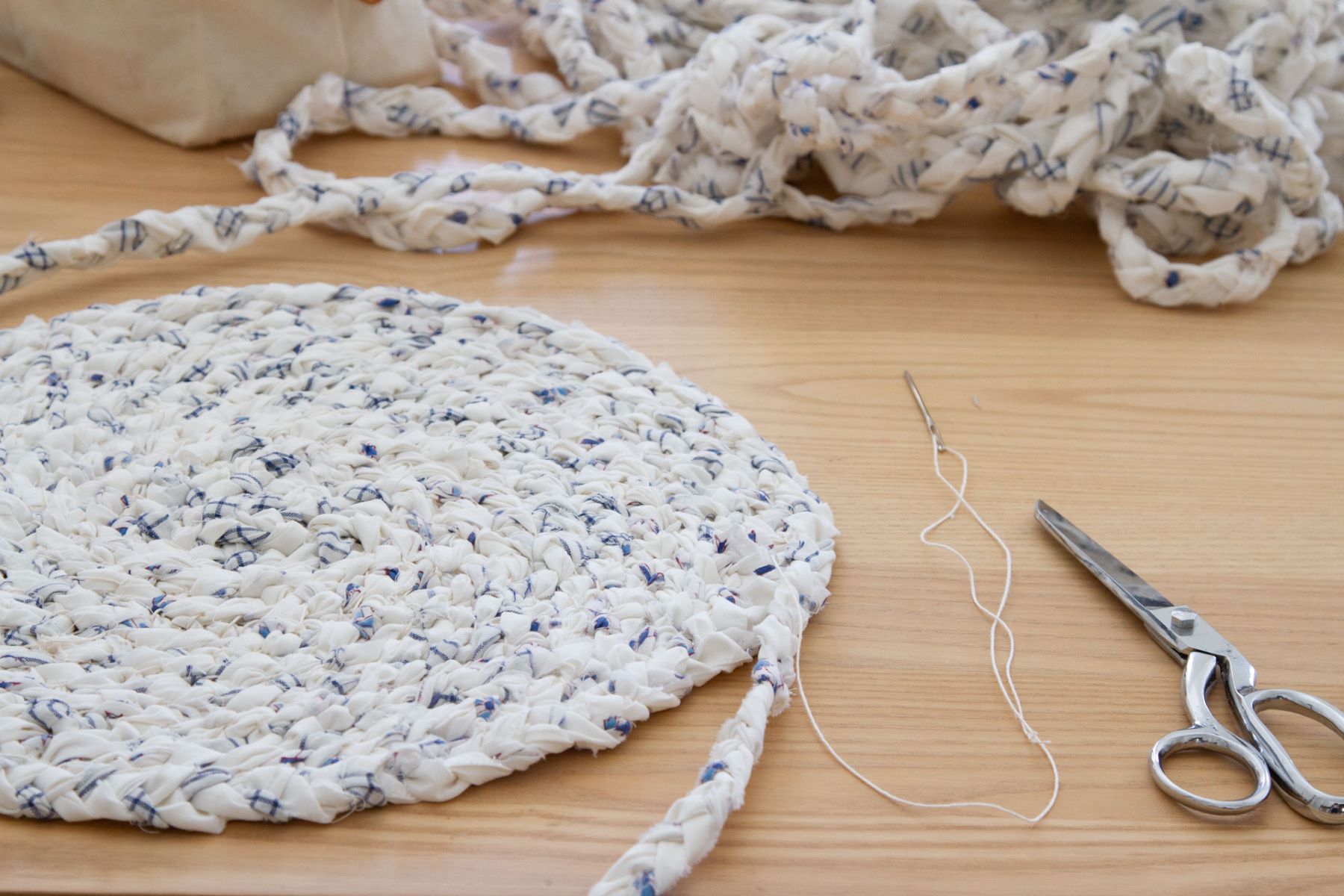
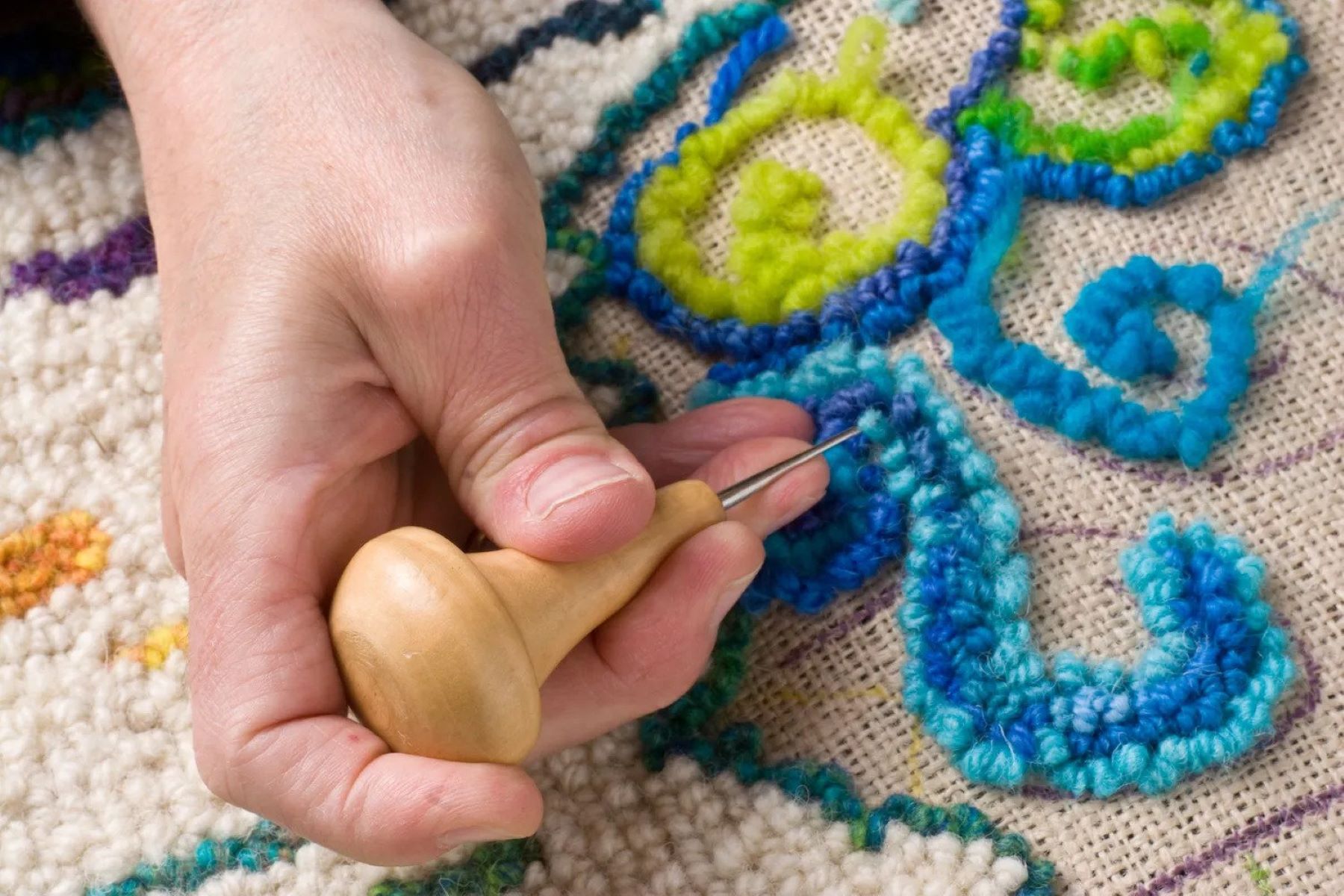
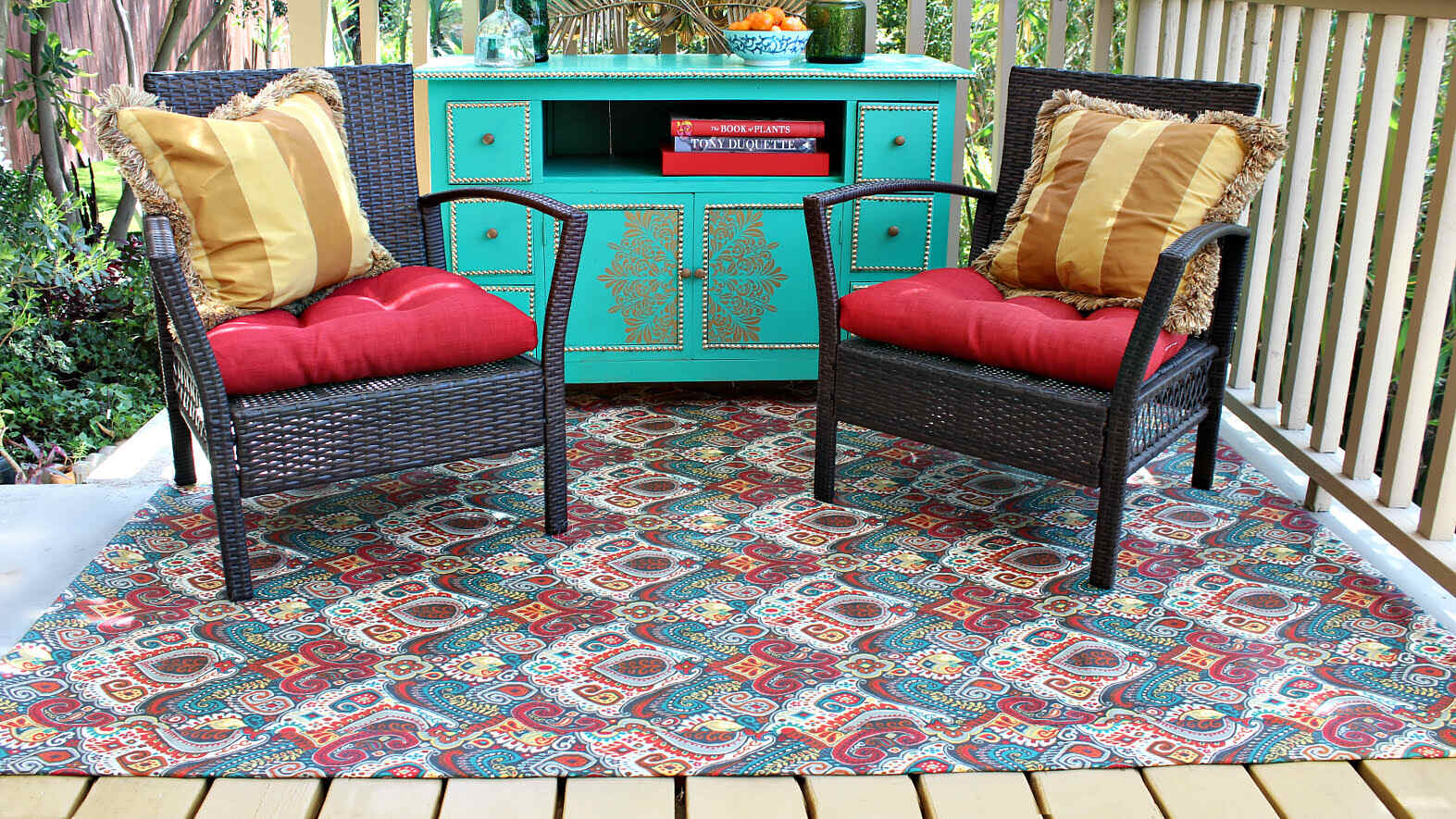

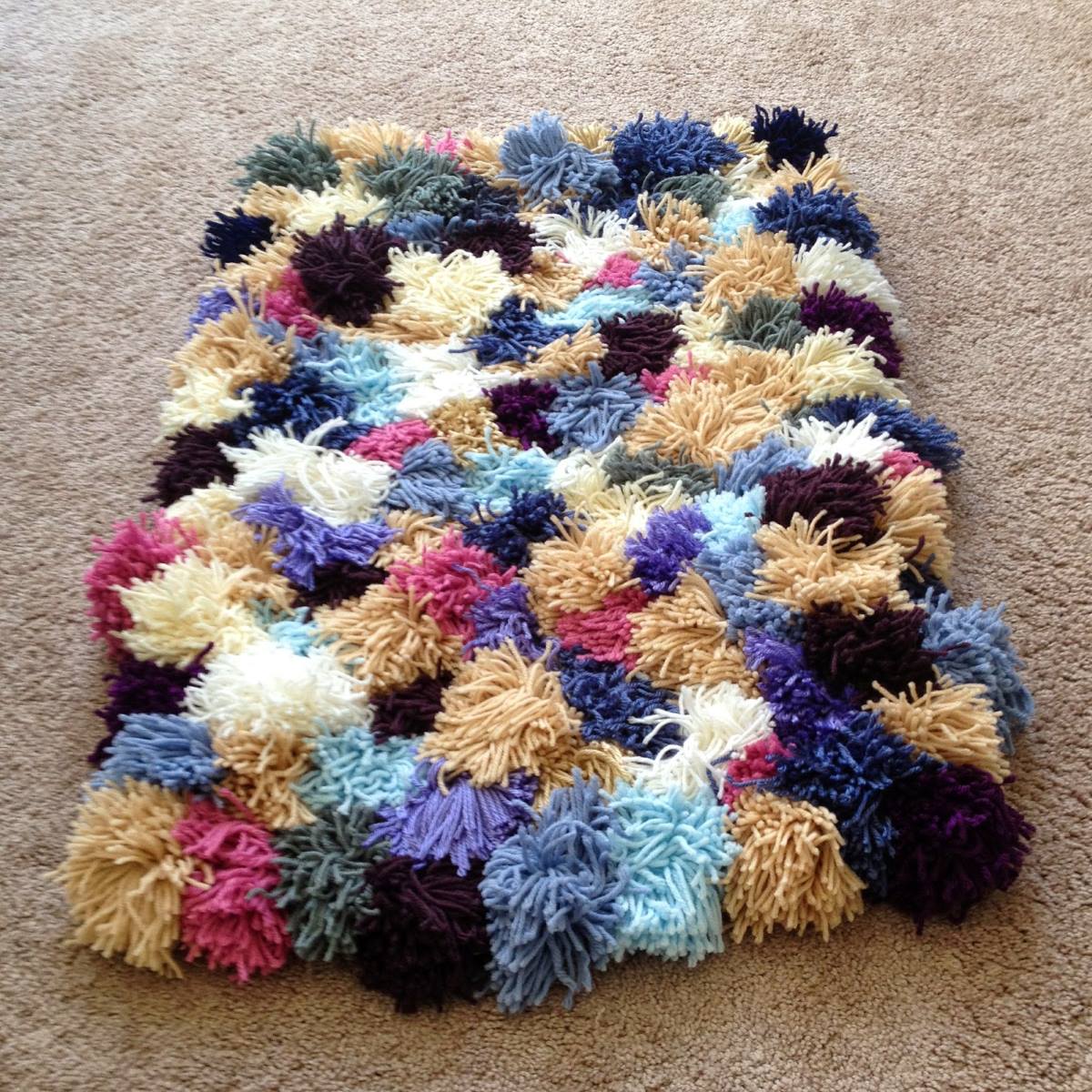
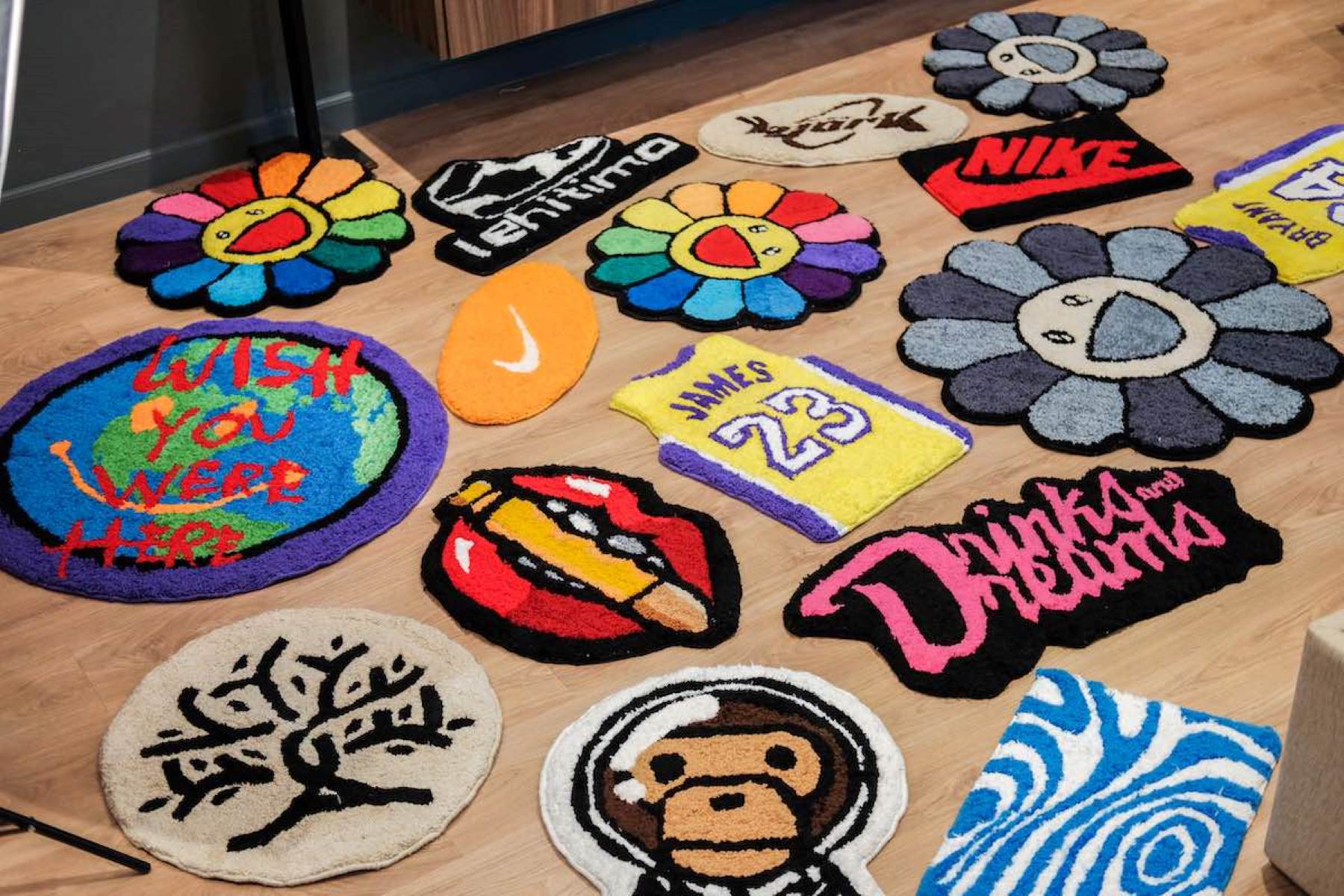

0 thoughts on “What Country Makes The Best Rugs”